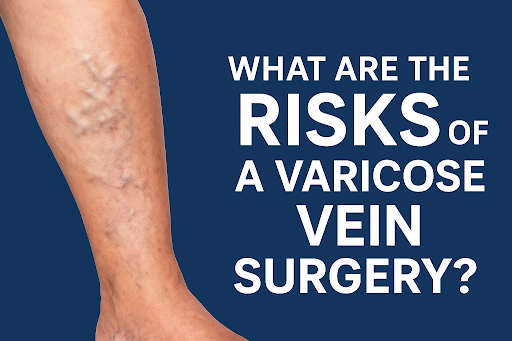In this blog from MVM Health, we discuss sciatica and its treatment options.
What Is Sciatica?
Sciatica, or lumbar radiculopathy, is a term used to describe a range of symptoms caused by an underlying condition. Sciatica itself is not a medical diagnosis. Pain associated with sciatica originates in the sciatic nerve, the largest nerve in the body, and radiates or spreads down the leg to the buttocks, hip, and foot. This pain can be described as sharp, stabbing, burning, electrical, or stinging and can be constant or come and go.
Sitting or standing for long periods of time, standing up, twisting the back, and sudden movements like coughing or sneezing can worsen the pain. Symptoms of sciatica may look like other medical conditions or problems, so continue reading to learn more about this condition and how to treat it.
What Are The Risk Factors For Sciatica?
Sciatica is so common that it affects 10% to 40% of the population. Certain habits, lifestyle choices, and conditions can increase your chances of developing sciatica. You are at higher risk of developing sciatica if you:
- Have been previously injured: Injuries to your lower back or spine can increase your risk of developing sciatica. Research shows that people with back pain are more likely to develop sciatica. Since back pain can cause inflammation in the lower back and spine, it can spread to the sciatic nerve if left untreated.
- Age: With normal aging, the bone tissue and discs in the spine wear down naturally. Normal aging puts your nerves at risk for injury or pinching due to changes and shifts in bones, discs, and ligaments.
- Overweight: Your spine is like a vertical crane. Your muscles are the counterweights. The weight you carry in front of your body has to lift your spine (crane). The more weight you put on, the more work your back muscles (counterweights) have to work. This can lead to back strain, pain, and other back problems.
- Doing active physical work: Jobs that require heavy lifting can increase your risk of back problems and put pressure on your back, or jobs that involve sitting for long periods of time can increase your risk of back problems. Even if you are fit and active, you can still be prone to sciatica pain if you don’t follow proper form when lifting weights or doing other strength training.
- Diabetes: Diabetes increases your risk of nerve damage, which increases your risk of sciatica.
- Osteoarthritis: Osteoarthritis can damage your spine and put nerves at risk of injury.
- Mental stress: Low back pain and sciatica are associated with feelings of being overwhelmed or under pressure. Monotonous work and general stress can aggravate musculoskeletal disorders, including neuralgia.
How Can Sciatica Be Treated?
Many patients find that severe back pain rarely resolves without medical attention. Fortunately, there are several treatment options available for back and leg pain. Self-care treatments that can go a long way at reducing your pain include using ice packs and/or heat packs, taking over-the-counter medicines, and doing gentle stretches.
If a six-week trial of conservative self-care treatments does not bring relief, it is usually time to see your doctor and try other treatment options. MVM Health has multiple treatment options available for back and leg pain including neuromodulation therapy, interventional pain management, minimally invasive procedures, and Ketamine infusion therapy.
MVM Health is ready to help you improve your quality of life if you are suffering from chronic pain in your neck, arms or legs, back, head or face, or pelvis with individualized treatment plans. If you are looking for a pain care near Lehigh Valley, East Stroudsburg, Scranton, Wilkes Barre, and surrounding communities, MVM Health cares about your well-being. Call 570-445-2200 to schedule a consultation today.








